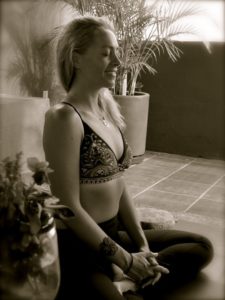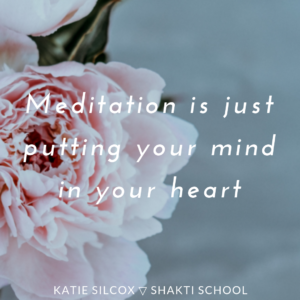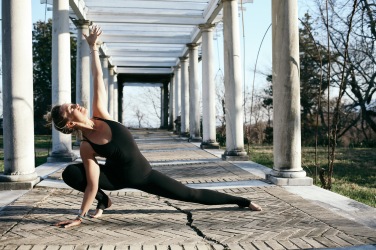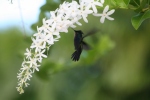
The American group had a marvelous recall on the diver. They could remember what color his tank was, his facial expression, and even the type of gear he was wearing. This same group fared very poorly on their remembrance of the fish, the plants, the water, and the general geography of where the diver was located. In strong contrast to the American group’s ability to recall the diver, the Japanese group remembered much less about the individual, but had dramatic recall of the environment in which the diver was swimming. They described, in ardent detail, the schools of fish, the marine layout and the general situation in which in which the diver found himself. The social scientists concluded that this spoke to our cultural value system. Americans group up in a world that values the individual, and takes pride in the perfection of individual efforts. Eastern cultures, on the other hand, are known for valuing cultural context and group identity.
It’s not to say that one way of seeing the world is better or worse than the other, but it does bring up an interesting question regarding focus. Remember, our prana (energy) follows our focus, and much of our prana (remember, that is our energy) goes to focusing in, honing in, even obsessing over, our own individual situation. This is another way of saying that much of our energy goes into mental processing in a push towards personal perfection, a never-ending process that can lead to a deep sense that we can never be fulfilled, that life is never enough, and a deep insecurity and fear.
Why does this happen? According to the wisdom of Ayurveda and Tantra, it happens because we are confused (or experiencing avidya – mis-knowing). We have forgotten. What have we forgotten? That the continual processing towards perfection, a quest to avoid pain and disappointment and gain things that feel good, leads us a false belief that we are not good enough already. We forget that, deep within, lies an bottomless well of support and freedom, and this bottomless pit of ambrosial nectar in our own light – an eternal bridge to freedom from the duality of good and bad, as well as a gateway into peace. It’s what Buddha was so pumped up about. Jesus said it as well when he encouraged us to “let thine two eyes become one” (i.e. our dual thinking line up with Spirit).
All of this beautiful philosophy and ambrosial nectar-speak may have you rolling your eyes. You may feel like freedom and peace are two states of being really far from your current set point. You may be laughing right now. “Yeah, right, sister. I’m an elementary school teacher with two kids and a beer-guzzling husband. My life is as far as you can get from the peaceful gateway.” I totally get it – but we ALL have the ability to tap into the loving, the invincible…
Ok, so what is this secret doorway into the Divine? Its simple. Its profound. And its not always easy to find. Its just silence.
Try it now.
Stop reading.
And take a few deep breaths into your own belly, your own heart. Keep breathing until you taste a tiny drop of silence, and then tell me if you are not, in some way, great or small, closer to heaven.
Here's a short guided meditation you can do whenever you need a moment.
~Katie








